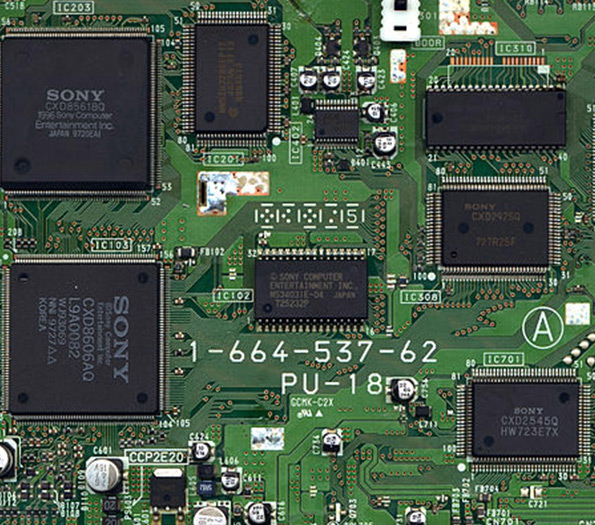

The Advantages and Applications of Low-E SC Glass
Low-emissivity (Low-E) glass has gained significant recognition in recent years for its energy efficiency and ability to enhance indoor comfort. Among the various types of Low-E glass, solar control (SC) glass stands out due to its remarkable ability to manage solar heat gain while still allowing natural light to penetrate indoor spaces. This article explores the advantages and applications of Low-E SC glass in modern architecture and construction.
Understanding Low-E SC Glass
Low-E SC glass is specifically designed to reflect a significant portion of the sun's infrared radiation while permitting visible light to pass through. It accomplishes this feat through a microscopically thin, transparent coating, typically made of silver or other advanced materials, which reduces the amount of heat entering a building. This technology makes it an ideal choice for both residential and commercial buildings aiming to optimize energy efficiency.
Energy Efficiency and Cost Savings
One of the primary advantages of Low-E SC glass is its energy efficiency. By minimizing the amount of solar heat that enters a building, this type of glass reduces reliance on air conditioning systems, leading to lower energy consumption. As energy costs continue to rise, integrating Low-E SC glass can create substantial savings on utility bills over time. Building owners can expect a return on investment through decreased energy expenditures and potentially increased property value.
Enhanced Comfort
In addition to energy savings, Low-E SC glass significantly improves indoor comfort. Traditional windows can create hot spots near windows from oppressive sunlight, causing discomfort for occupants. With Low-E SC glass, the temperature is more evenly distributed throughout the space, eliminating these hot and cold spots. This improved thermal regulation can lead to a better overall indoor environment, which is especially beneficial in commercial settings like offices and retail spaces where customer satisfaction is paramount.

UV Protection
Low-E SC glass also provides an added layer of protection against harmful ultraviolet (UV) rays. These rays can cause significant damage to furniture, artwork, and flooring over time, leading to fading and deterioration. By blocking a large percentage of UV radiation, Low-E SC glass helps preserve the integrity of interior furnishings, ultimately prolonging their lifespan and reducing replacement costs.
Aesthetic Appeal
Architects and designers increasingly favor Low-E SC glass for its aesthetic appeal. The glass is available in various tint options, allowing for more significant design flexibility. Its ability to allow natural light while minimizing glare makes it a popular choice for creating visually comfortable and inviting spaces. Additionally, the sleek, modern look of Low-E SC glass enhances the overall architectural design, contributing to a building's contemporary appeal.
Applications in Different Sectors
The versatility of Low-E SC glass allows it to be utilized in various sectors, including residential homes, commercial buildings, hospitals, and educational institutions. In residential settings, homeowners can enjoy a cooler living space during hot months without sacrificing natural light. In commercial settings, businesses can create inviting atmospheres that draw customers in while also benefiting from reduced energy costs. Hospitals and educational facilities can leverage Low-E SC glass to create healing and learning environments that prioritize comfort and efficiency.
Conclusion
Low-emissivity solar control glass represents an innovative solution in the realm of energy-efficient building practices. From energy savings and enhanced comfort to UV protection and aesthetic appeal, Low-E SC glass provides numerous advantages that cater to the evolving demands of modern architecture. As the construction industry continues to prioritize sustainability, Low-E SC glass will undoubtedly play a crucial role in shaping the buildings of the future.